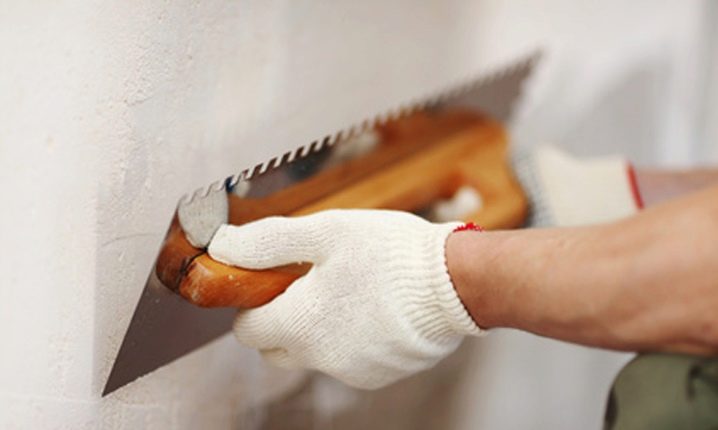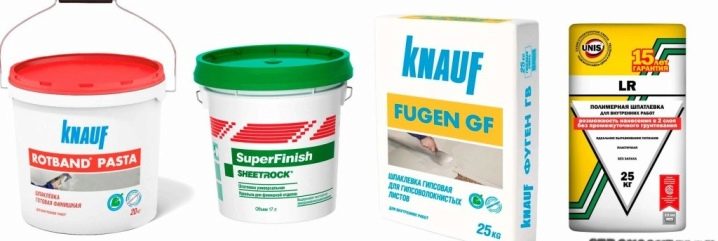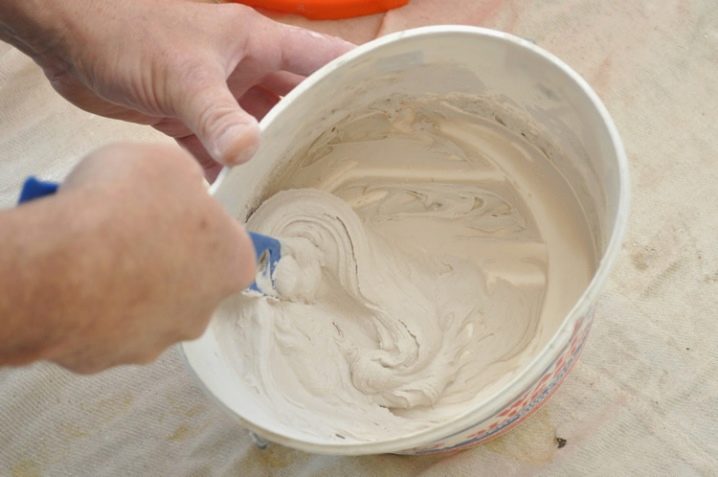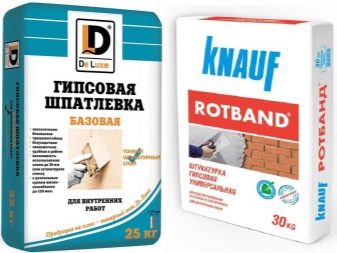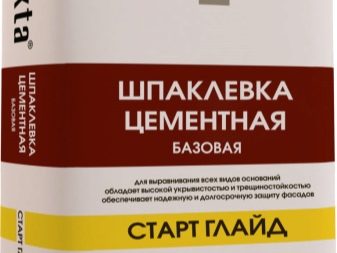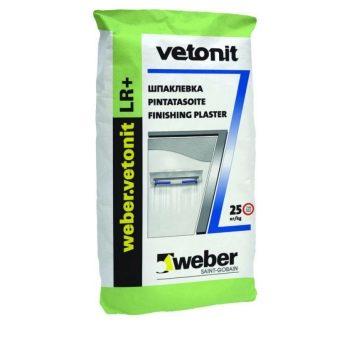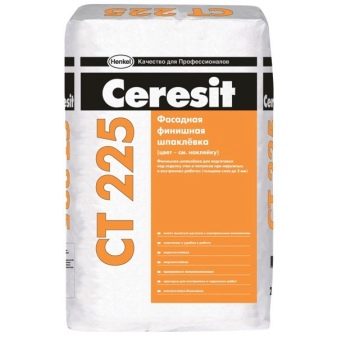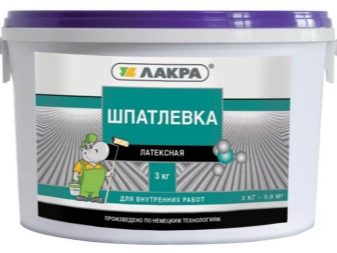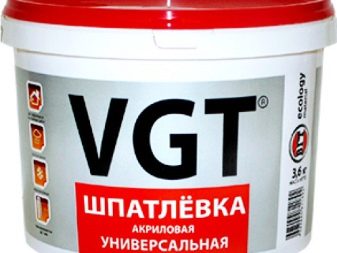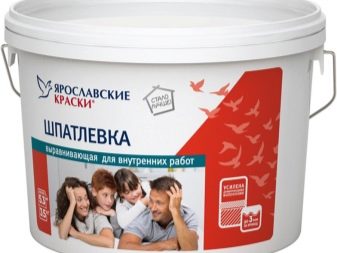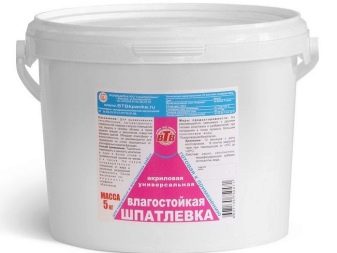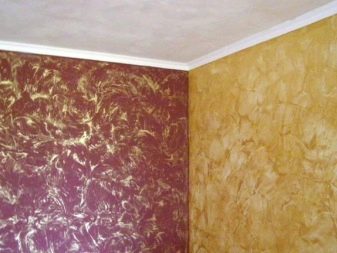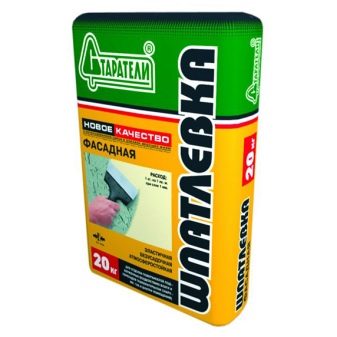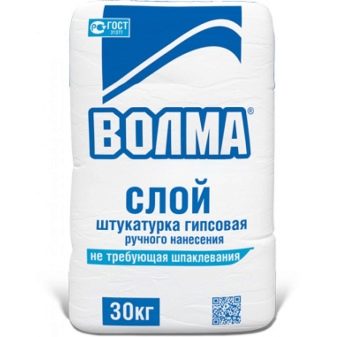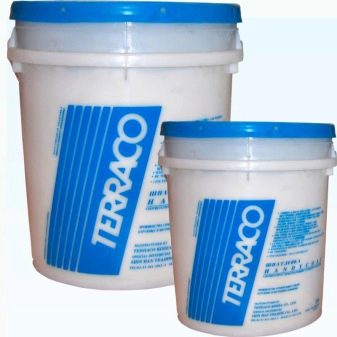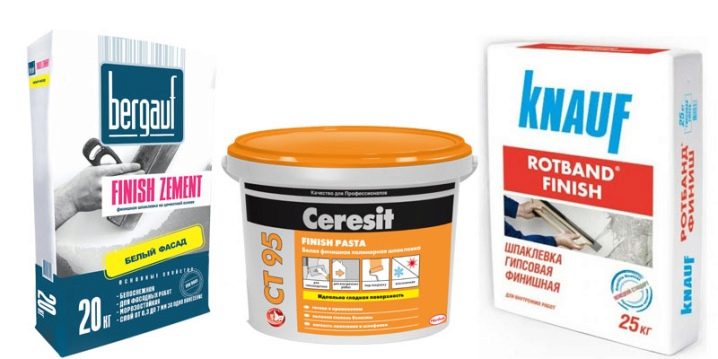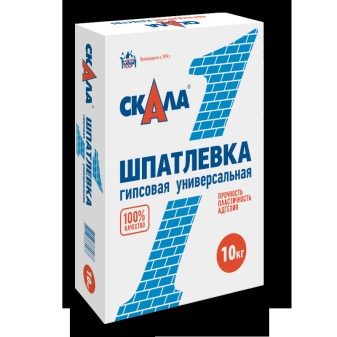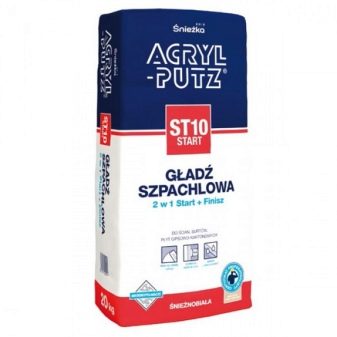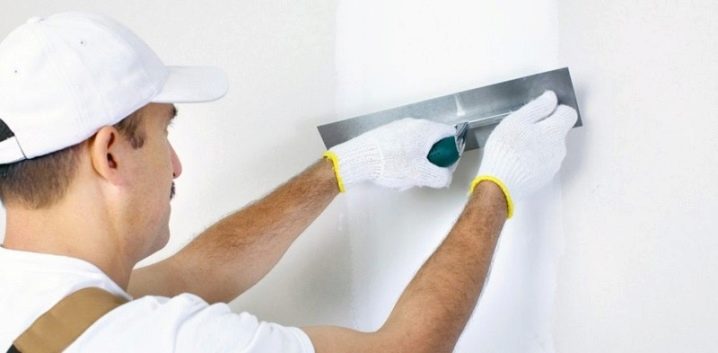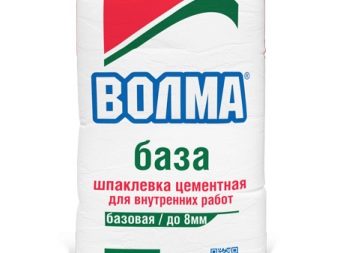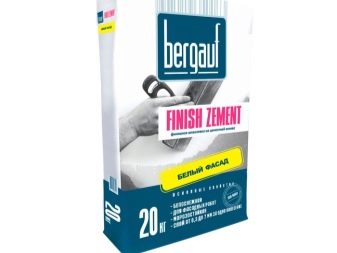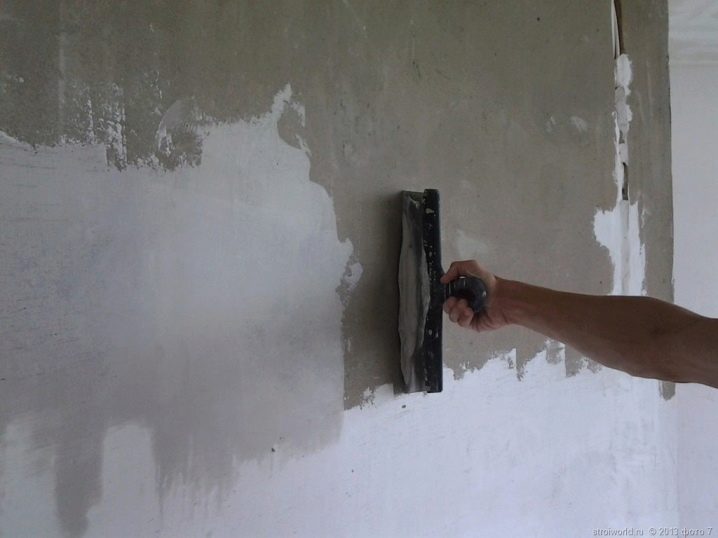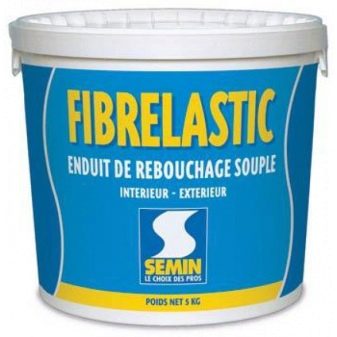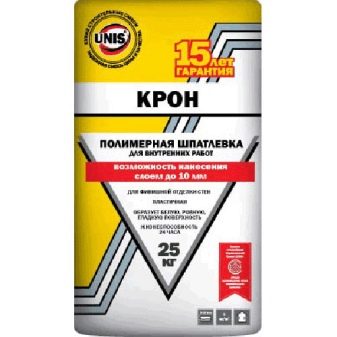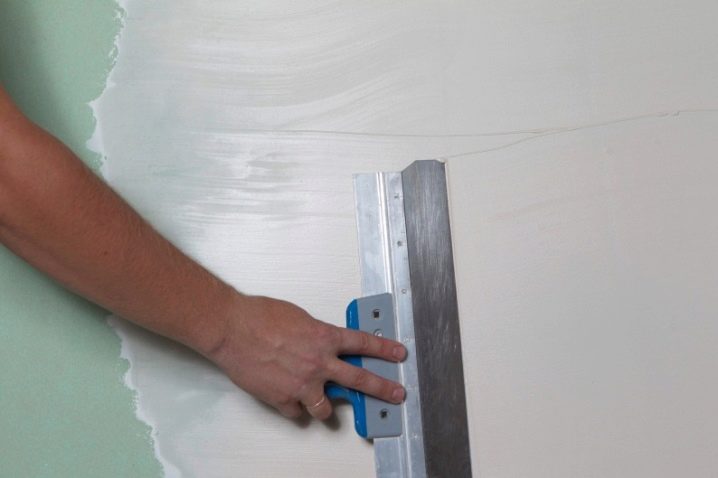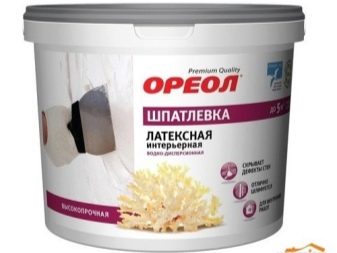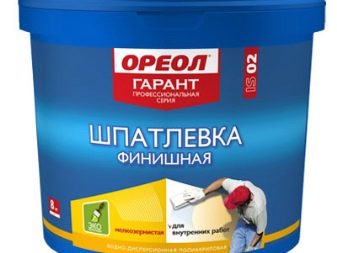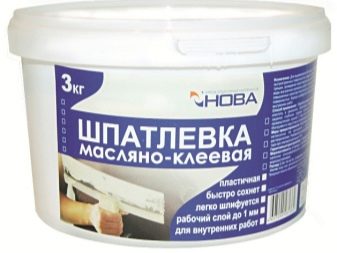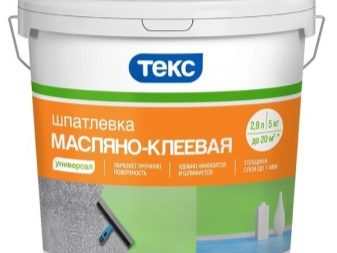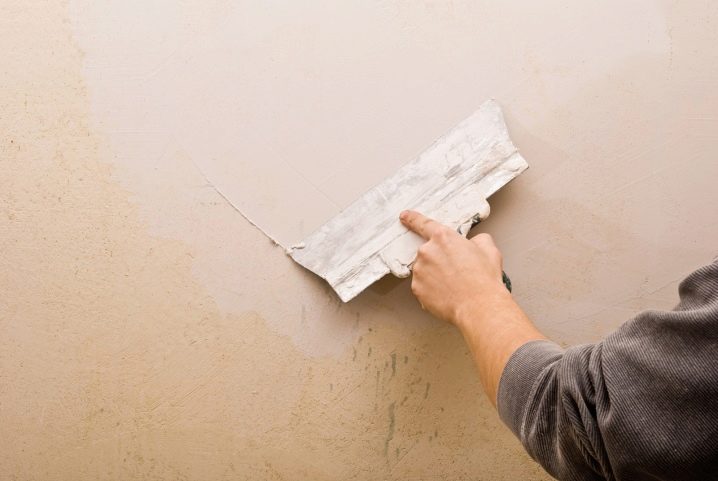Filling for interior work: types and selection criteria
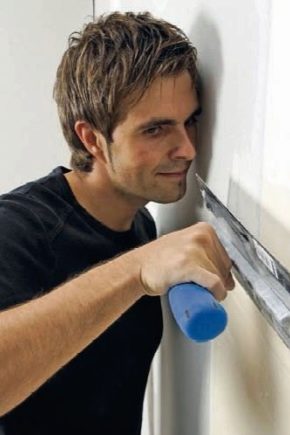
Choosing a putty for interior work, you should pay attention to a number of basic criteria. This will allow to carry out the workflow with the highest quality possible. We understand the varieties and subtleties of choice.
Selection features
Putty for interior work is chosen based on several criteria.
It is important to determine:
- this type of putty is designed for interior work;
- what stage of work is the mixture for which the choice was made;
- in what form is the mixture.
The composition is important, which will indicate what performance the selected putty has (thickness of the applied layer, smoothness of the surface, strength, color of the frozen layer, drying speed, moisture resistance).It will allow you to understand for which surfaces it is better suited, what is the mixture consumption per 1 sq. In addition, it is important to take into account the specific features of the application of a particular brand.
It is important to pay attention to the shelf life of this material. Ready-made mixtures in buckets may contain special additives that significantly prolong their shelf life, otherwise it is strictly limited.
Kinds
In the modern construction market this material is presented in a wide range. Products differ in purpose, readiness and composition.
To destination
This gradation separates the filler mixtures according to the size of the particles, which determines the order and specificity of use. All putties are divided into five main types: starting, finishing, universal, special and decorative.
Starting
Designed for the initial leveling of the wall, filling in significant irregularities, prepare the work surface for the application of finishing putty. Plastic starting putty will ensure the absence of cracks and a good basis for further finishing.
Characteristic features are:
- large fraction of particles;
- the rough surface of the frozen layer;
- strength (difficult to grind);
- good adhesion (ability to combine with another substance at the molecular level).
This putty is consumed in large quantities, the total consumption affects the budget. It serves as a good basis for a variety of decorative materials.
Finishing
The purpose of this type of mixtures is the final alignment of the walls and bringing them to a state of readiness for applying decorative finishing materials (for example, wallpaper, paint).
Finishing putty has the following features:
- applied on a relatively flat surface;
- creates a flat, smooth surface;
- brittle - easy to grind.
Universal
These mixtures simultaneously perform the functions of starting and finishing putties.
They are distinguished by:
- the possibility of applying to any surface;
- ease of use (can be used without specialized skills).
At approximately the same price of all varieties, the quality of the treated surface is inferior to two-level processing.
Special
In such mixtures, specific qualities are enhanced: moisture resistance, resistance to the upper and lower limit of temperature, acid resistance, plasticity.Apply to rooms with extraordinary needs.
Decorative
Used as a facial surface finish. These varieties have a rich color palette, may contain various decorating additives (for example, stone chips). They differ in the specific technology of application specified in the instructions.
By readiness
In this regard, the putty is dry and ready to apply. Each species has specific features.
Dry
This putty requires skills for thorough mixing, otherwise the mixture will give a bad surface. This is especially true of the finishing layer, where even the slightest lumps are visible. In most cases, this putty has a long shelf life. In terms of price, it is cheap. It is rational to use dry mixes for the starting or finishing layer for sticking wallpaper, where an immaculate surface is not so important.
Ready
Ready mixes are easy to use, they can be used without well-honed profile skills. The resulting surface is smoother and smoother, ideal for painting or other finishing work. Due to the relatively high cost, it is often used as a finishing layer.
By composition
Depending on the components that make up the mass, putty is divided into the following types:
- gypsum;
- cement;
- polymer;
- water dispersion;
- oil-glue.
Gypsum
Received widespread in the decoration of the walls of plasterboard and cement.
Easy to handle, she:
- well suited for any stage of filler;
- easy to knead, well distributed on the wall plane;
- dries quickly;
- often used for the finishing layer due to the absence of shrinkage and cracks;
- forms a smooth and even surface;
- easy to sand;
- is the basis for painting;
- does not exude building odor;
This is an environmentally friendly product from natural raw materials, which causes its hypoallergenic. This putty absorbs moisture well, as a result of which it is not advisable to use it when finishing rooms with high humidity and temperature changes.
It is fire resistant, is a good heat insulator, is inexpensive. It can be stored for a long time even in rooms with low temperature. The disadvantage is poor resistance to vibrations and mechanical stress: it is impractical to use it in gyms, game rooms.
Cement
A mixture based on cement stands out for its low price, it is often used when it is necessary to cover large areas.
This material has its own characteristics:
- to obtain a good surface, clean coarse-grained sand (1.5–2.5 mm) is needed, otherwise cracks will appear after drying;
- the temperature of the water for the solution should be about 20 ° C .;
- after dilution of the mixture, the solution quickly sets (from 5 to 24 hours, depending on the specific brand);
- the mixture shrinks after a certain time interval, reapplication is necessary;
- well removes significant (more than 10 mm) wall irregularities;
- even with all the standards, the chance of cracking is large enough;
- it is well tolerated by humidity and low temperature;
- It has a high strength; poorly polished;
- not suitable for work on wooden surfaces.
This putty has a non-aesthetic appearance and a gray-yellow tint. In the category there are subspecies with additives that give white and super white color. This criterion significantly affects the price, which ranges from 230 to 650 rubles per 20 kg.
Polymer
Mixtures of this type are divided into acrylic and latex.Such varieties are relatively new in the market for these products.
Polymer mixtures have their own characteristics, they are:
- Available in the form of a mixture for mixing, the finished mass. The finished mixture is well suited to those who do not have the skills, but want to make repairs with their own hands;
- Mainly used for the finishing layer;
- Give a smooth flat wall of the wall, even with serious flaws of the treated surface;
- They are an excellent basis for decorative finishing works;
- reinforce the soundproofing qualities of the wall;
- have good vapor permeability, do not allow walls to accumulate moisture, so the room does not dampen;
- have high moisture resistance (putty is appropriate when finishing bathrooms and kitchens);
- do not exude a specific smell;
- have a high cost.
Biological inertness makes the wall covered with this putty unsuitable for the reproduction of fungi and mold, which is especially important for bathrooms. The latex subtype does not shrink, it is elastic.
Water dispersion
This type is a finished water-dispersion compositions on acrylic base.Such material is used for all types of coatings, including concrete, brick, wood, aerated concrete, stone, fiberboard. This putty has good adhesion: it is characterized by strong adhesion to the surface at the molecular level.
More often it is used as a finishing putty:
- possesses weak shrinkage (2%);
- excellent application;
- easy to sand;
- relatively inexpensive;
- in case of thickening, provides for dilution with water;
- does not exude a strong odor;
- slightly combustible.
High moisture resistance makes it advisable to use this putty in bathrooms, kitchens and other rooms with high humidity and temperature changes. The composition can be modified in the right way with additional resins. For example, the addition of synthetic resins increases the strength and reduces the solidification time of the layer.
Oil-adhesive
This category includes mixtures based on linseed oil, chalk, CMC glue, plasticizers and dryers.
Such materials:
- plastic;
- easy to grind;
- durable;
- have good adhesion;
- have an environmentally friendly composition;
- cost effective.
They are distinguished by easy application on various types of surfaces. (drywall, plaster, brick, aerated concrete, wood).This putty has a fast drying time between layers (3-4 hours), which reduces the duration of finishing works (the final layer dries 24 hours). It is a good basis for painting with enamel, oil and water-dispersion paint. The composition is poorly resistant to mechanical stress, this type does not tolerate moisture and direct exposure to water.
Other shortcomings include a short shelf life, it cannot be stored in places with temperature changes, repeated freezing makes the mixture completely unsuitable. This putty is demanding on the working environment: the temperature should be above 10 degrees, the humidity should not exceed 70%.
Putty should be warm. So it can be applied indoors on the penoplex.
For how to put up walls with your own hands, see the next tutorial video.
